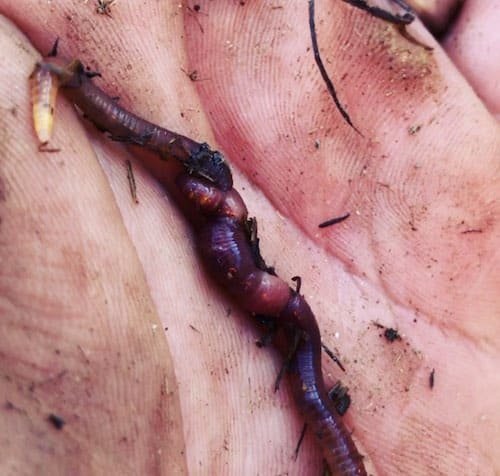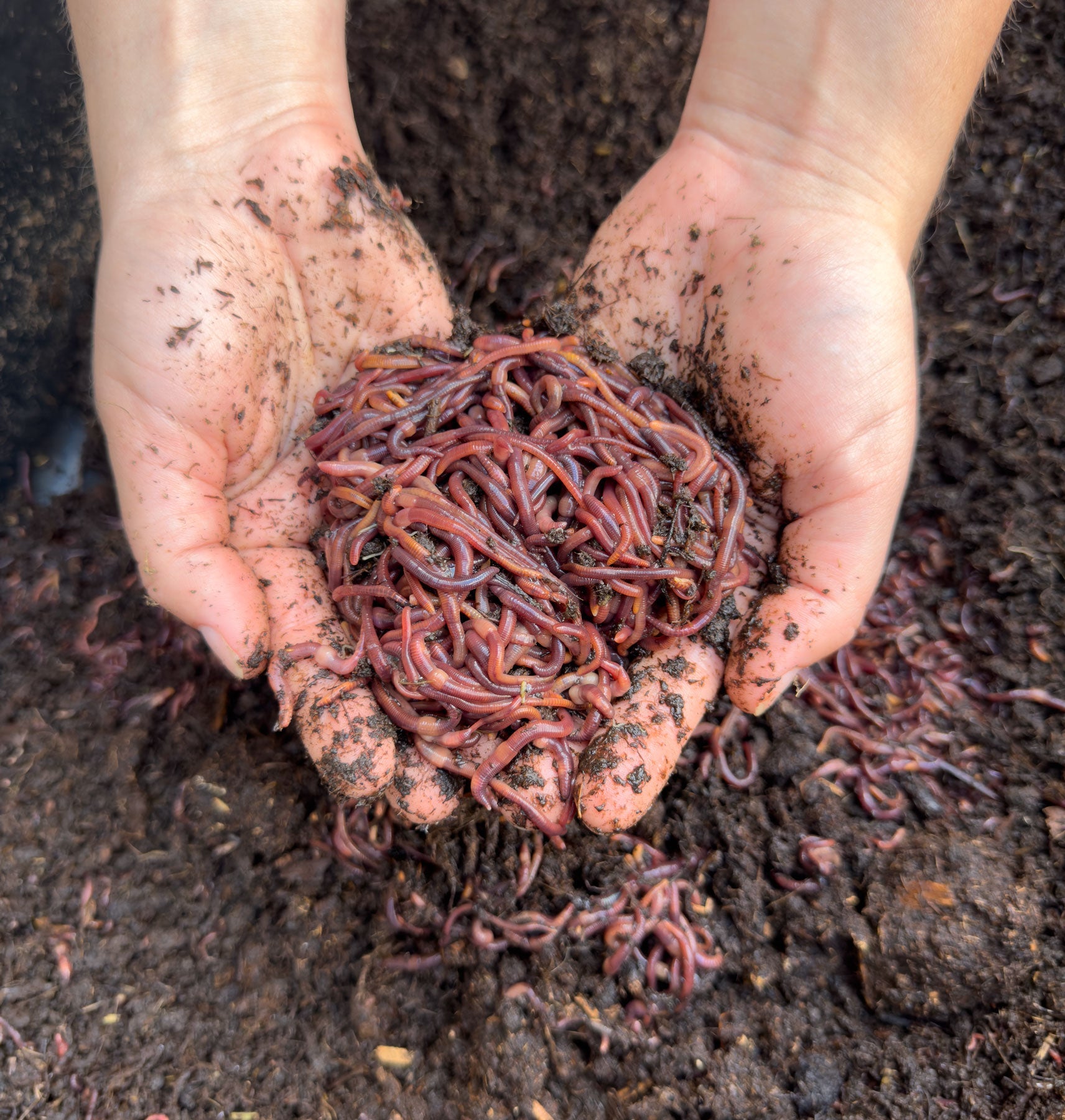Open the Secrets of Red Wigglers: Your Guide to Composting Success
The integration of red wigglers into composting techniques offers a substantial opportunity for enhancing dirt health and wellness and advertising sustainability. These organisms are not simply reliable recyclers of natural waste; they use a myriad of advantages that can change garden monitoring. Recognizing their needs and habits is critical for optimizing their potential, from establishing an appropriate worm bin to feeding them the appropriate products. As we discover the vital parts of effective vermicomposting, one might wonder exactly how these little creatures can result in a more vibrant and efficient yard ecological community.

What Are Red Wigglers?
(Red Wiggler Express)Red wigglers, scientifically recognized as Eisenia fetida, are a types of earthworm mostly made use of in composting due to their impressive ability to break down raw material effectively. These worms are characterized by their reddish-brown coloration and a segmented body, typically gauging in between 3 to 4 inches in length. Unlike other earthworm types, red wigglers grow in abundant, organic atmospheres, making them excellent for vermicomposting systems.
Belonging To The United States And copyright, they are usually found in decaying fallen leaves and compost heap, where they play an essential duty in nutrient recycling. Their adaptation to living in a moist, aerobic atmosphere enables them to eat huge amounts of natural waste, simplifying into nutrient-rich castings that boost soil health and wellness.
Red wigglers reproduce quickly, with a single worm with the ability of generating a number of cocoons each week, each having numerous hatchlings. This fast recreation rate adds to their efficiency in composting operations. They choose temperatures in between 60 ° F and 80 ° F, and their activity level enhances substantially within this array, more assisting in the disintegration procedure. Understanding the biology and behavior of red wigglers is necessary for optimizing their potential in composting applications.
Advantages of Making Use Of Red Wigglers
Harnessing the power of red wigglers in composting provides many benefits that improve soil wellness and advertise sustainable waste administration. These remarkable microorganisms effectively damage down organic matter, transforming cooking area scraps and lawn waste right into nutrient-rich vermicompost. This finished product is incredibly useful for plant development, as it improves dirt structure, increases wetness retention, and improves nutrient schedule.

(Red Wiggler Express)Furthermore, the visibility of red wigglers in your composting system can speed up the composting process, generating premium compost in a fraction of the time compared to conventional techniques. The castings produced by these worms are also teeming with valuable microbes that even more enrich the dirt ecosystem.
Establishing Your Worm Container
Developing an efficient worm read review bin is a simple procedure that can substantially enhance your composting efforts. Worm containers can be made from plastic storage bins, wooden boxes, or commercially readily available worm bins.
Following, prepare the bed linens product, which offers as the worms' environment. A mix of shredded newspaper, cardboard, and coconut coir works well, supplying a comfy setting for the worms.

Feeding Your Red Wigglers
To guarantee the health and productivity of your red wigglers, it is vital to give them with a well balanced diet regimen that satisfies their dietary demands. Red wigglers grow on a diverse array of organic materials, which not only provide necessary nutrients yet additionally advertise efficient composting.
Beginning by incorporating kitchen scraps such as veggie peels, fruit cores, and coffee grounds. Prevent citrus fruits, onions, and garlic, as these can be destructive to worm health and wellness. In addition, introduce shredded paper, cardboard, and dry leaves to develop a well-aerated atmosphere.
Feeding frequency must be kept an eye on; typically, worms can eat half their body weight in food weekly. It is crucial to stay clear of overfeeding, as excess food can cause undesirable smells and attract parasites. A great method is to add food in percentages, enabling worms to refine it prior to introducing more.
Maintaining dampness degrees is also essential; the bedding should be damp yet not soaked. Be sure to on a regular basis examine the temperature level and pH levels of the container to make certain an optimal environment for your red wigglers, eventually improving their composting effectiveness.
Harvesting and Making Use Of Garden Compost
An effective composting procedure with red wigglers culminates in the abundant, dark garden compost called vermicompost, which can significantly enhance dirt health and plant development. Collecting this nutrient-dense product typically happens every 3 to 6 months, depending on the dimension of your system and the quantity of natural issue being refined.
To collect, carefully separate the garden compost from the worms and any type of undecomposed products. One efficient technique includes relocating the components of the bin away and adding fresh bedding and food to the void, motivating the worms to move. After a couple of days, the garden compost can be accumulated from the contrary side.
It is necessary to make use of vermicompost correctly to maximize its advantages. It can be made use of as a leading clothing for yard beds, mixed right into potting soil, or brewed right into a nutrient-rich liquid plant food called "worm tea." This application technique assists to supply crucial nutrients directly to plant roots, advertising healthier development. By incorporating vermicompost into your gardening regimen, you not only recycle organic waste but likewise create a thriving environment that supports sustainable gardening methods.
Conclusion
In recap, red wigglers function as remarkable allies in composting initiatives, transforming organic waste into nutrient-rich vermicompost (Red Wiggler Express). Their unique biological characteristics and reliable waste handling capacities contribute substantially to lasting gardening techniques. By comprehending the optimum conditions for their environment, feeding requirements, and compost harvesting methods, garden enthusiasts can boost soil health and wellness and promote plant vigor. Embracing vermicomposting not only lowers garbage dump waste however likewise cultivates a more ecologically liable strategy to gardening and source monitoring.